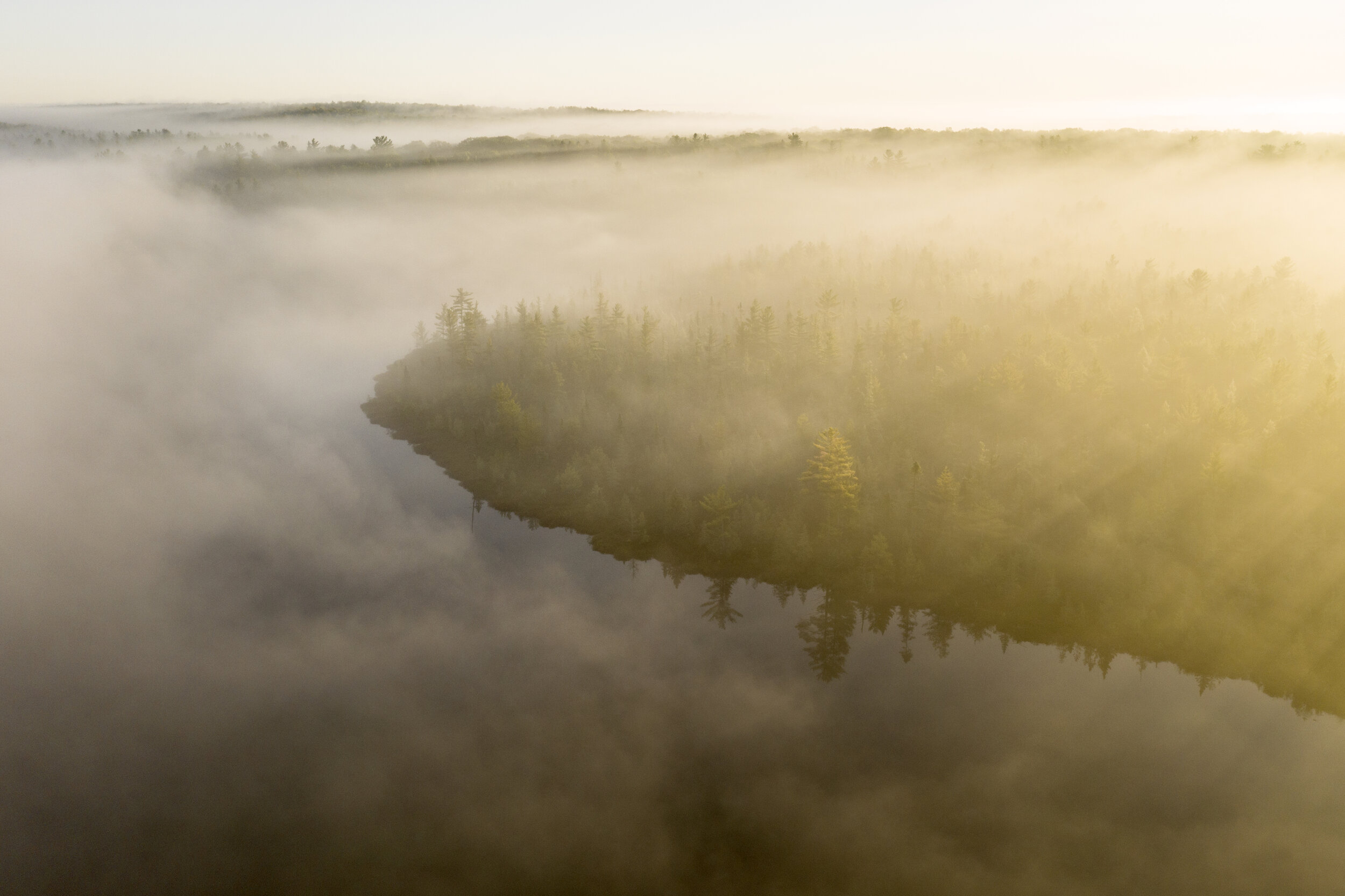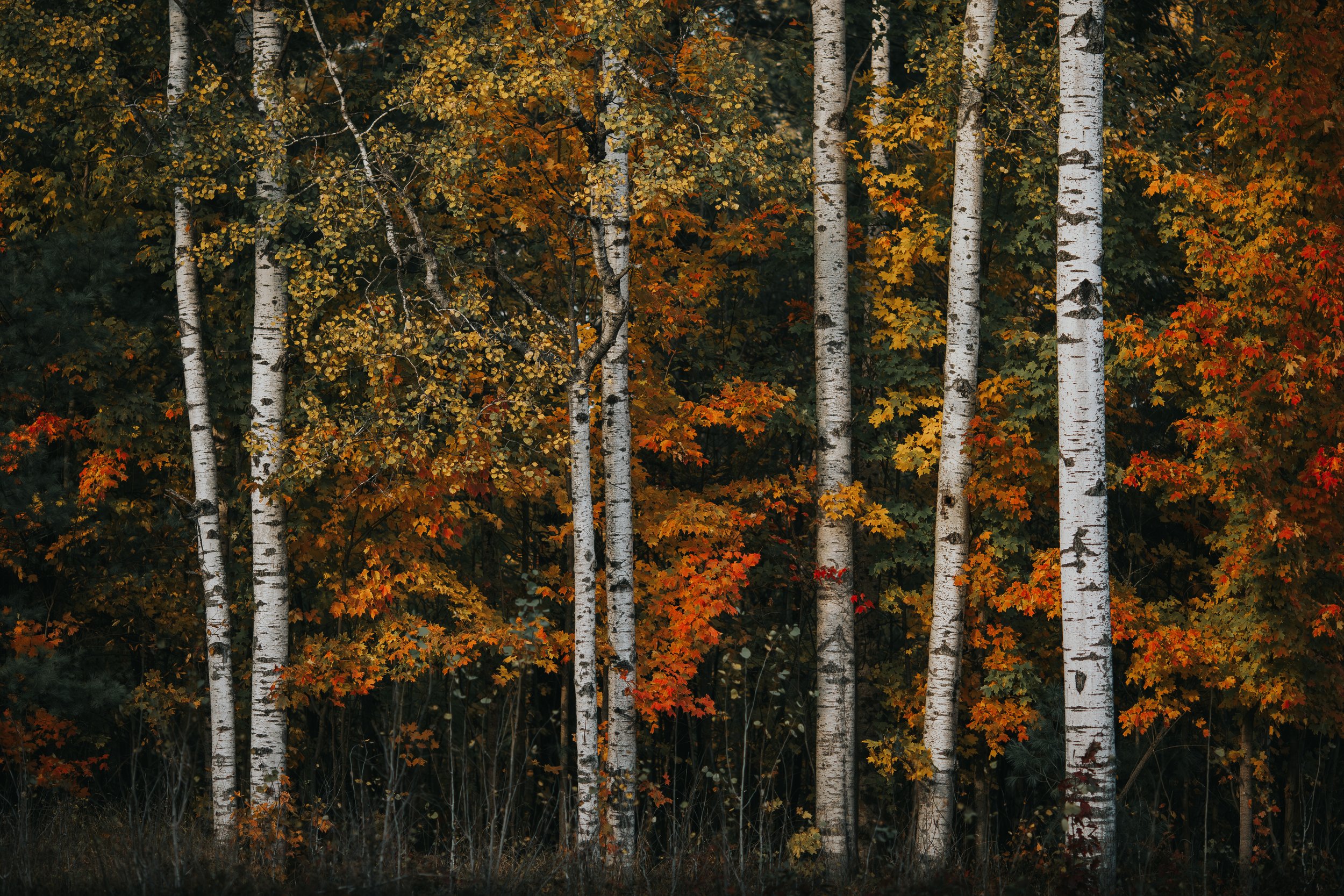Pigeon River Country is at the other end of water’s cycle, only a few miles from the watershed of north-flowing and south-flowing rivers of northern lower Michigan. Water that recently was rain or snow begins it’s long journey from the three rivers that course through the Pigeon River Country north to the Great Lakes and eventually to the sea. They are the Sturgeon River to the west, the Pigeon River in the center, and the Black River to the east.
Northern lower Michigan is part of an ancient sea through which primeval organisms sank and compressed into hydrocarbons. The site of the Pigeon River Country later spent millions of years under glaciers that carved out the Great Lakes. After the latest glacial waters retreated, native people lived in the region for ten thousand years. They hunted along waterways like the Pigeon, Black, and Sturgeon, which flow down the Port Huron moraine to the bed of a glacial lake. When Europeans arrived from the densely populated and heavily timbered eastern hemisphere, the area was inhabited by Indians, wolves, bear, bison, elk, moose, and caribou. The only ones to survive were deer, some bear, and a few Indians. The new people levelled all of Michigan’s giant white and red pines and virgin hardwoods in little more than 50 years. The name Pigeon River comes from a creature believed to have been the most numerous of its kind on earth. What happened to it is a story of America, northern Michigan, and the vulnerability of natural things to certain human attitudes.
~From Introduction to Pigeon River Country by Dale Clarke Franz
One of the most unusual features of the forest is the limestone sinkhole lakes. Seven of these lakes are located near the center of the forest. They are North and South Twins (North Twin is pictured above), Lost, West Lost along the Osmun Road, Hemlock at the county line, and Ford and West Lost and Section 4 west of the Pigeon River. These lakes are part of a cave formation, cone-shaped, three to four acres in diameter at the surface, with depths from 30 to 60 feet. The lakes were formed by surface soils falling into underground limestone cavities. ~Sibley Hoobler, from Pigeon River Country by Dale Clarke Franz.
For more photos of individual features of the Pigeon River Country State Forest, visit the links below.





































